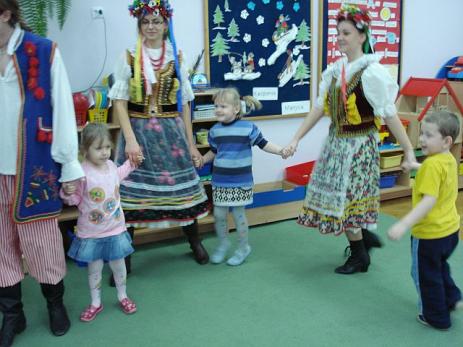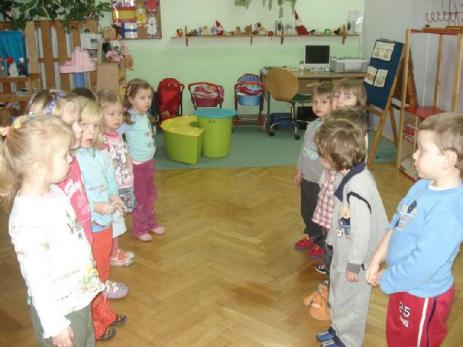Appreciating similarities and differences
'Human Rights Topics for Preschool and Lower Primary School' is the second chapter in the downloadable United Nations publication 'ABC: Human Rights - Practical activities for primary and secondary schools'.
Script of play
(a) Attributes
Children are seated in a circle. One child stands in the middle of the circle and makes a statement that describes himself or herself.
For example: “Is wearing a belt” or “Has a sister”. Everyone who shares that attribute must change places, including the child in the middle. Whoever is left without a seat becomes the person in the middle and names the next attribute.
Children will quickly see that they can be similar and different in many ways. An interesting ending would be to choose a more intangible attribute, such as: “People who are kind”. The game usually breaks down at this point because it becomes more difficult to identify such attributes at a glance. Teachers may wish to discuss how people usually recognize such behavioral attributes.
(UDHR articles 1, 2; CRC article 2)
(b) In the same boat
The teacher explains that people sometimes don’t recognize ways in which they are alike. Then the teacher names a category (e.g. month of birth, number of siblings, kind of pet, favourite toy or game) and asks children to form a group with others who share that category with them. Older children can respond to more complex categories (e.g. number of languages spoken, career aspiration, hobby, favourite school subject).
The game concludes with the question “What did you learn from this activity?” and a discussion of people’s unrecognized similarities and differences.
(UDHR article 2; CRC article 2)
Children are seated in a circle. One child stands in the middle of the circle and makes a statement that describes himself or herself.
For example: “Is wearing a belt” or “Has a sister”. Everyone who shares that attribute must change places, including the child in the middle. Whoever is left without a seat becomes the person in the middle and names the next attribute.
Children will quickly see that they can be similar and different in many ways. An interesting ending would be to choose a more intangible attribute, such as: “People who are kind”. The game usually breaks down at this point because it becomes more difficult to identify such attributes at a glance. Teachers may wish to discuss how people usually recognize such behavioral attributes.
(UDHR articles 1, 2; CRC article 2)
(b) In the same boat
The teacher explains that people sometimes don’t recognize ways in which they are alike. Then the teacher names a category (e.g. month of birth, number of siblings, kind of pet, favourite toy or game) and asks children to form a group with others who share that category with them. Older children can respond to more complex categories (e.g. number of languages spoken, career aspiration, hobby, favourite school subject).
The game concludes with the question “What did you learn from this activity?” and a discussion of people’s unrecognized similarities and differences.
(UDHR article 2; CRC article 2)

